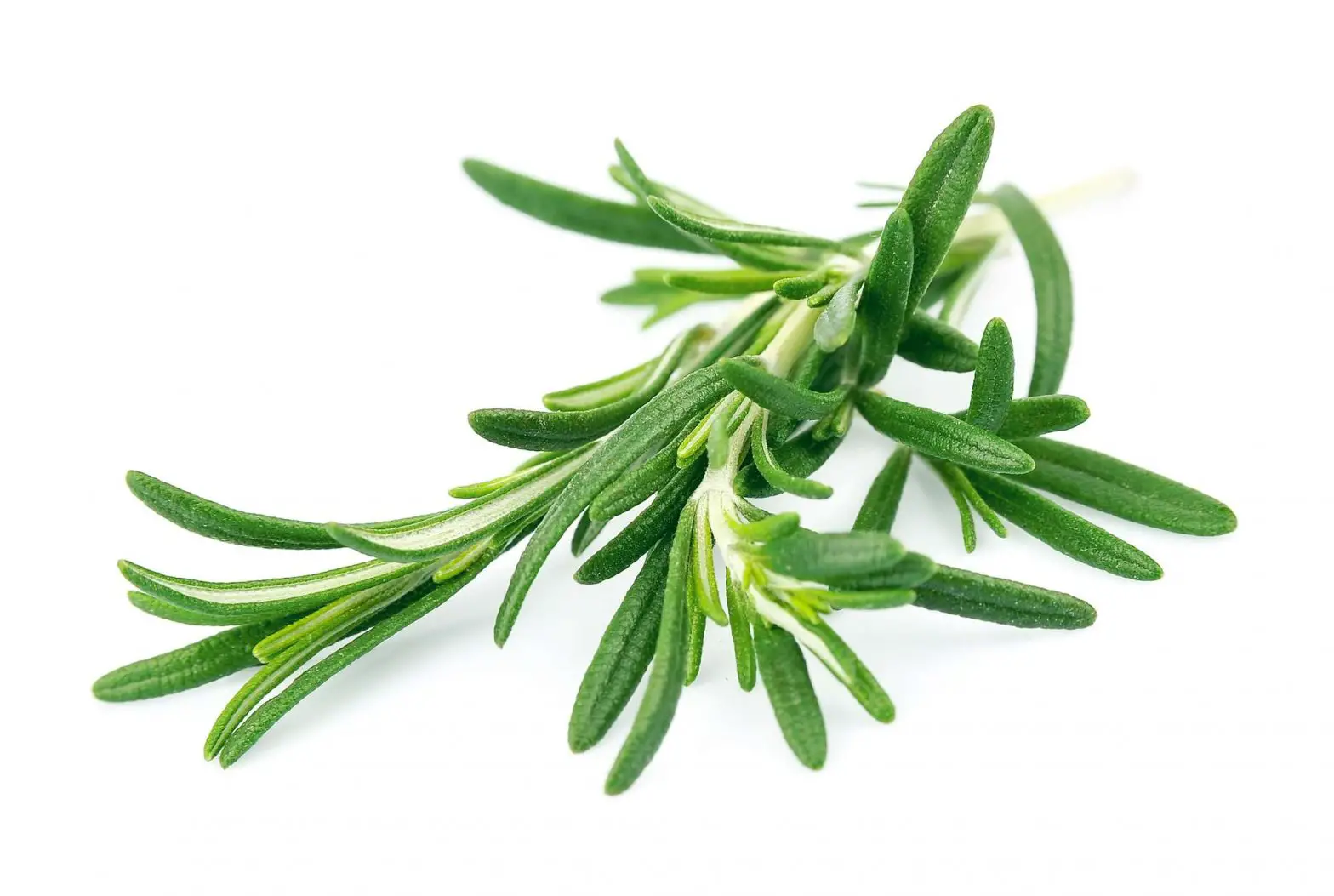Rosemary, a member of the mint family named Salvia Rosmarinus in Latin, is a Mediterranean evergreen herb with aromatic leaves that look very much like hemlock needles.
Rosemary has a minty, lavender-like, somewhat piney smell that many would describe as green and peppery. It’s floral and familiar, as if you’re walking through a herbal garden in the woods.
In perfumes, rosemary is a herbal note that gives a floral, grassy, and woody undertone to the fragrances it’s been made part of, often in the company of citrus notes and present somewhere in the background, as if to pair up with them and give the perfume a herbaceous zing.
The name “rosemary” comes from the Latin words ros and marinus, which, when married, translate literally as “dew of the sea.”
Native to the dry and rocky coast of the Mediterranean Sea, rosemary grows on plants four to six feet (one and a half to two meters) tall with long evergreen leaves that yield white, pink, or purple flowers in spring and summer.
Rosemary was brought to England by the Romans in the 8th century. Charlemagne, King of the Francs, then ordered rosemary to be grown on his lands in 9th-century Spain. Rosemary became a popular culinary herb in Europe and was later introduced to the Americas.
The fragrant oil of rosemary, known as rosemary essential oil, is extracted from the glandular hairs on the leaves of the plant through the method of steam distillation.

